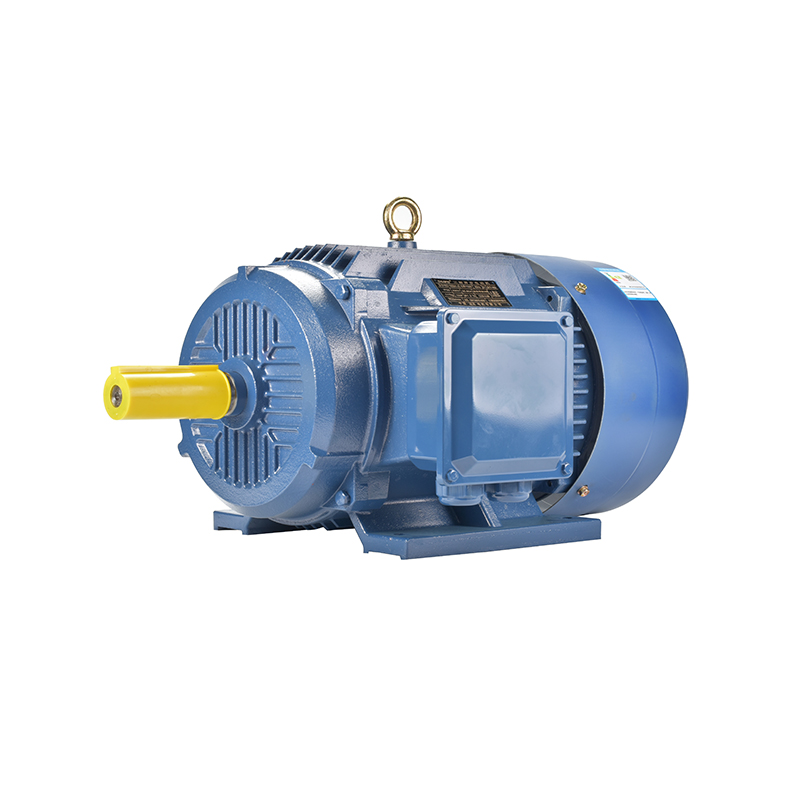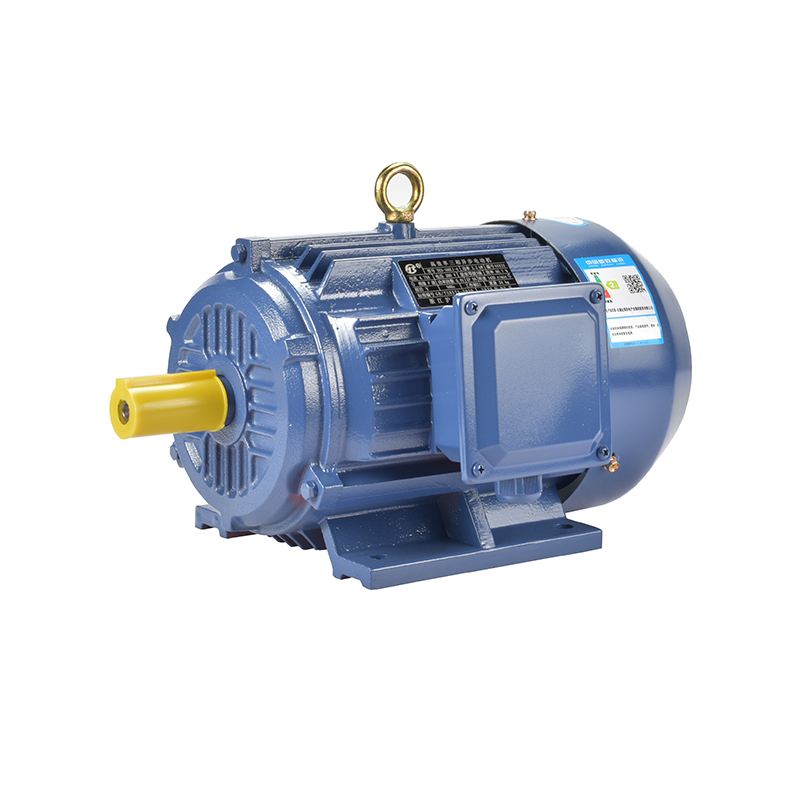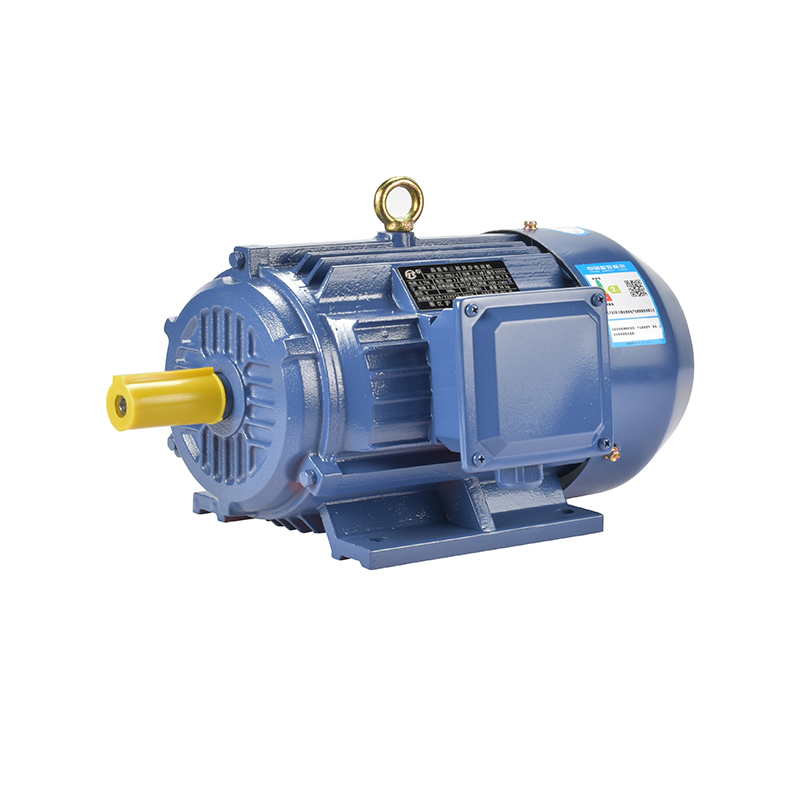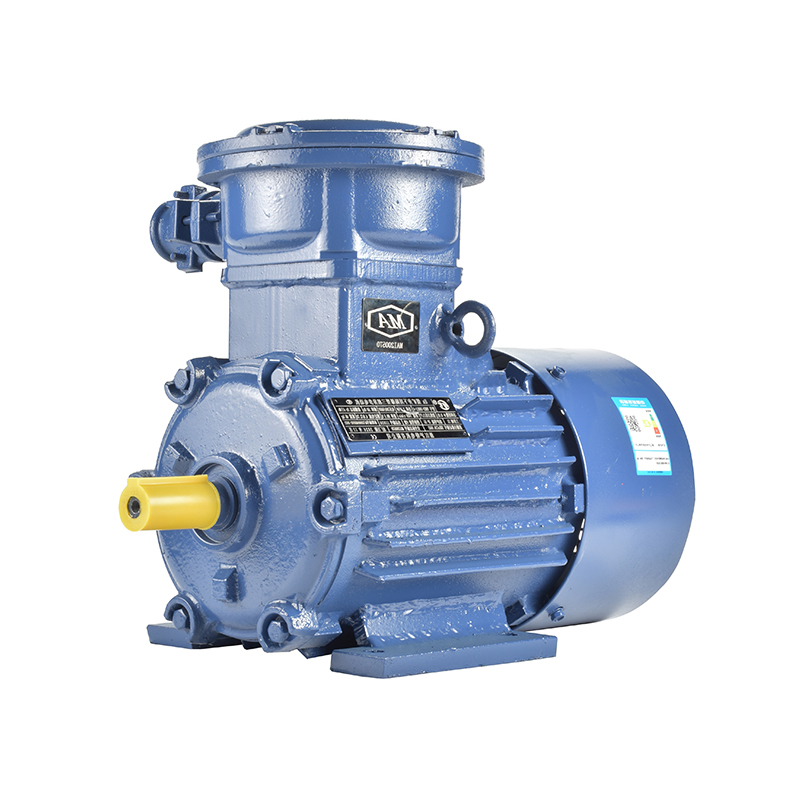How Second Class Energy Efficient Motors Are Powering a Greener Industrial Future
In recent years, energy efficiency has become one of the most discussed topics across global industries. As governments and organizations push for more sustainable production, the Second Class Energy Efficient Motor has emerged as a reliable choice for companies seeking to reduce energy consumption while maintaining strong performance. This new generation of motors combines advanced design, improved materials, and precise control systems, offering a practical balance between efficiency and affordability.

Why Energy Efficiency Matters More Than Ever
Around the world, industries are under increasing pressure to meet environmental goals without sacrificing productivity. Motors account for a large share of industrial power usage, and even small improvements in efficiency can translate to substantial energy savings over time. The Second Class Energy Efficient Motor is designed to meet this demand, helping industries move toward lower energy use and reduced operational costs.
For manufacturers, adopting these motors not only supports sustainability efforts but also improves brand reputation. More consumers are choosing companies that demonstrate environmental responsibility, and integrating energy-efficient motors is a clear step in that direction.
Key Features of the Second Class Energy Efficient Motor
The Second Class Energy Efficient Motor stands out because it optimizes performance without unnecessary complexity. It is built with precision-engineered components that reduce friction and heat loss, allowing for smoother operation and longer service life. The motor’s improved electromagnetic design enhances power output while keeping energy consumption in check.
Additionally, these motors are adaptable to different types of machinery, from pumps and fans to conveyors and compressors. Their versatility makes them suitable for diverse industries such as manufacturing, water treatment, and agriculture. By providing a balance between efficiency and cost, they offer a smart upgrade path for facilities seeking to modernize their equipment.
The Global Shift Toward Sustainable Industry
Across Europe, Asia, and North America, industrial sectors are aligning with energy-efficiency standards to reduce environmental impact. The transition is not only driven by regulation but also by economic logic — energy-efficient systems reduce operational expenses over time. Companies that adopt solutions like the Second Class Energy Efficient Motor demonstrate forward-thinking strategies and readiness for the future of green manufacturing.
As more industries embrace automation and intelligent systems, the demand for motors that combine power and efficiency continues to rise. The Second Class Energy Efficient Motor plays a crucial role in this transformation, enabling smoother integration with modern control systems and digital monitoring tools.
How These Motors Support Long-Term Value
Investing in energy-efficient motors brings both immediate and long-term advantages. Reduced energy use leads to lower utility costs, while optimized design minimizes maintenance requirements. For many businesses, this means fewer operational interruptions and improved reliability.
The Second Class Energy Efficient Motor also helps companies comply with emerging global efficiency regulations. By incorporating these motors into their systems today, businesses can future-proof their operations against stricter environmental requirements that are likely to emerge in coming years.
A Smart Step Toward Sustainable Progress
The industrial world is evolving rapidly, and companies that focus on sustainability are positioned to lead in the next decade. The Second Class Energy Efficient Motor embodies this shift—offering practical efficiency, adaptability, and reliability. It provides an essential bridge between today’s manufacturing needs and tomorrow’s sustainable energy standards, making it an intelligent choice for any forward-looking enterprise.
-
Feedback



 English
English русский
русский Español
Español عربى
عربى






